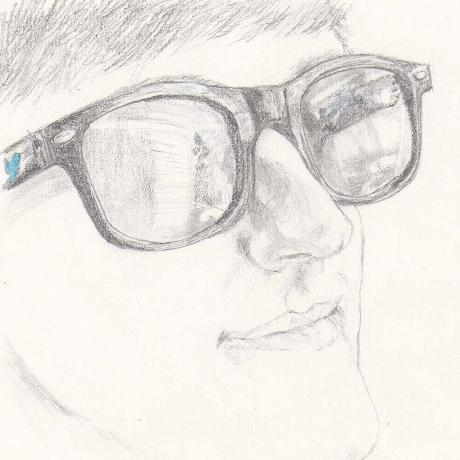A friend of mine, who teaches some classes at a religious school, was complaining about kids today don’t know what advent is. Seemed like a bad time to point out that I only know the part about telling stories.
But, regardless of my heretic-ness, happy advent 2012! Tell lots of good stories.
Before I get to my story, which is relatively short (and true!), I’ll mention ShuffleFlow.
And I’ll mention real quickly how behind I am. Oops.
After all of my work on ShuffleFlow, my Dad finally said that he could use a demo of it - so what I did was package it up and ship it to him. We also had code reviews, and Zoli said that I should use a pre-packaged MVC framework for the client-side JavaScript. I disagree - I think that at some point I should write the code correctly. Right now I’m having some obfuscated code issues because I’m keeping track of all of the different object models by hand in undocumented Javascript objects. All I need to do is standardize them and document them, and I should be set.
The important thing is that the RESTful interface is now documented.
Alright. Next step: Getting some CSS into place. Unless my Dad comes back with stuff to change about the ShuffleFlow.
Now, on to the story.
It is in my first year at LASA Robotics, the 2010-2011 school year, that this story takes place. We were competing in the BEST competition, in which we build small robots out of wood and assorted electrical items. Part of this year’s challenge was to detect whether or not a small Easter egg is magnetic. Our design involved using a reed switch, which essentially turns on near magnets, to detect the magnets. However, reed switches are very sensitive to their rotation relative to the magnet - i.e., whether the magnet is in front of them, behind them, to the left, and so forth.
Enter Calli, the lead electronics person. Enter me, first year robotics student trying to make my way in the world.

So we mounted the reed switch on the robot. It stayed there for a week or so, and then the mechanical team came back saying that the reed switch didn’t always work. Sometimes it would correctly identify the magnetic eggs, but sometimes it wouldn’t. So we drag it into the shop, and removed the sensor to test it.
The first part of testing it involves getting a continuity meter, which puts a small amount of electrical current through the switch to tell if it is on or off. However, being LASA Robotics, we often have issues with not being able to find things. Today we couldn’t find the continuity meter. But, we managed to find a large (literally) black box that, after we plugged it into the wall and turned it on, there was a little red light that turned on whenever the switch was on.
So we got to work on figuring out the issue. First, we checked to see if the switch was on when there wasn’t a magnet nearby. Plug in the meter, and the switch isn’t shorted. Good. Then we checked to see if it worked near a magnet. I gave the small glass switch to Calli to hold while I moved a magnet towards it. There was a little click, meaning the switch had flipped, and the red light came on. So far, so good. Suddenly, Calli jumped away from the switch, dropping it on the floor.
“What’s wrong?” I leaned forward, putting the magnet next to the continuity meter.
“It’s hot!”
I picked up the reed switch off the ground. By this point it had cooled. “Hm, okay. Let’s try it without the magnet.” So we picked up the switch, and plugged it into the continuity meter. Again, the switch got extremely hot.
At this point, Mr. Bertucci, our robotics teacher, walked into the room and noticed what we were doing. He immediately yelled at us to “turn off the power supply!”
Calli and I looked at each other. What power supply?
Mr. Bertucci walked over to the continuity meter and turned it off. Then we realized that we had mistaken the power supply for a continuity meter. The red light we were seeing was labeled as the “current overload warning” light. We were doing the (slightly safer) equivalent of plugging a paper clip into a wall outlet.
After some profuse apologies from us for literally melting the reed switch, we got a second one and this time took the time to find a real continuity meter.
